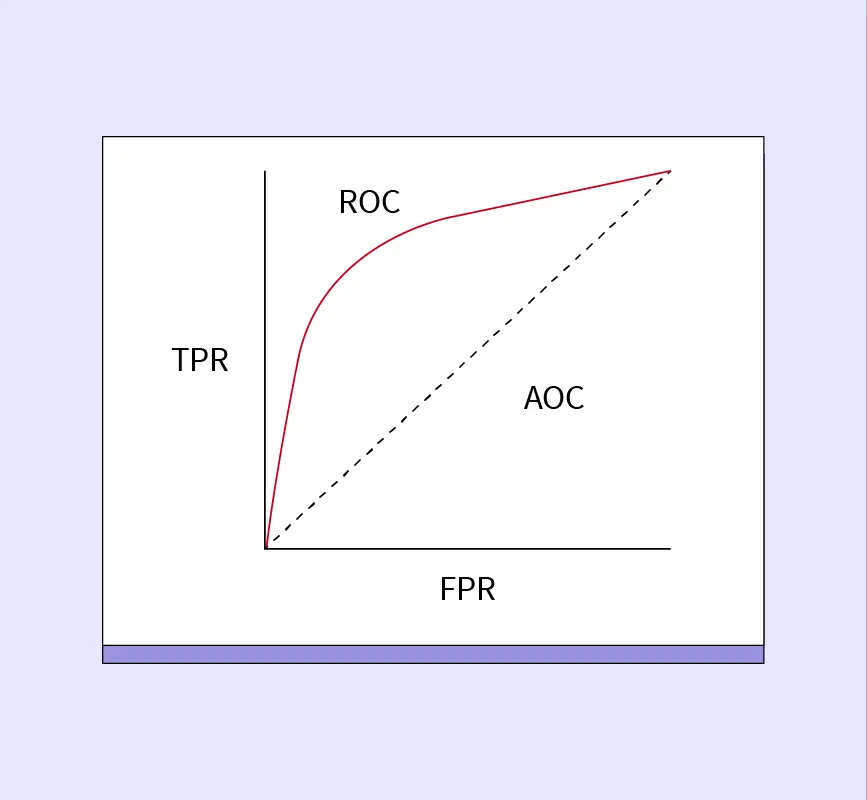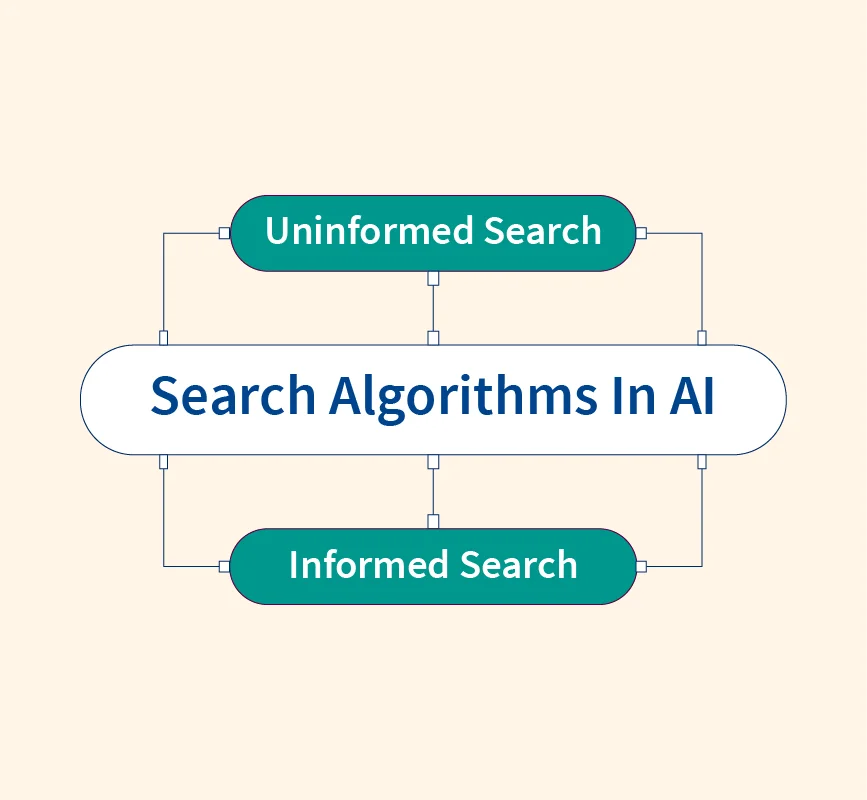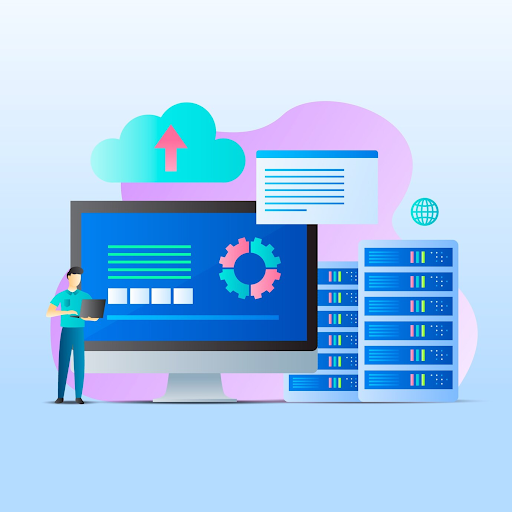Data has become the backbone of modern business decision-making, and with that, terms like data science and data analytics are often used interchangeably. However, they represent distinct fields with different approaches and purposes. In this article, we will clarify the differences between data science and data analytics to help you navigate these career paths.
Source: Happyfox Blog
What is Data Science?
Data Science is an interdisciplinary field that uses statistical methods, machine learning, and domain knowledge to extract insights from large datasets. It focuses on discovering patterns, making predictions, and solving complex problems. Data science combines expertise from statistics, programming, and business to analyze both structured and unstructured data, often at a large scale.
Data science is crucial for companies looking to leverage data to build predictive models, automate processes, and gain competitive advantages. It is applied across various industries such as finance, healthcare, and technology, helping organizations turn data into actionable insights.
Data Science Process
The data science process is a systematic approach to understanding and interpreting data. Key steps in the workflow include:
- Data Collection: Gathering data from multiple sources such as databases, APIs, or sensors. This can include both structured and unstructured data.
- Data Cleaning: Cleaning the data by removing or correcting inaccuracies, handling missing values, and ensuring consistency. Data scientists spend significant time in this phase to ensure data quality.
- Data Exploration: Exploring the data using statistical methods and visualizations to understand patterns, trends, and relationships within the data.
- Modeling: Using machine learning algorithms to build models that can predict outcomes or classify data. This involves training models on historical data and tuning them for accuracy.
- Evaluation and Deployment: Evaluating model performance and deploying it into production environments. Once deployed, the model can be used to make real-time predictions or decisions.
Example: In the healthcare industry, data science can help predict patient outcomes by analyzing patient data, improving diagnoses, and optimizing treatment plans.
Data science is iterative and involves constant refinement of models and algorithms to improve accuracy and results.
Data Scientist Skills and Tools
Data Scientist Role
A data scientist is responsible for analyzing large datasets to uncover trends and build predictive models. They use machine learning algorithms, statistical techniques, and domain expertise to interpret data and make business recommendations.
Skills Required
Data scientists need a combination of technical and analytical skills, including:
- Statistical Analysis: Understanding probability, hypothesis testing, and regression analysis to interpret data patterns.
- Programming: Proficiency in languages like Python and R to clean data, build models, and automate workflows.
- Machine Learning: Knowledge of machine learning techniques such as decision trees, clustering, and neural networks for predictive analytics.
- Data Visualization: Using tools like Tableau or Matplotlib to present findings in a clear and actionable way.
Tools
- Programming Languages: Python, R, Scala.
- Machine Learning Libraries: TensorFlow, Scikit-learn, PyTorch.
- Data Processing Tools: Hadoop, Spark, SQL databases.
Data scientists are often involved in research and development projects, working on complex problems that require advanced algorithmic solutions.
What is Data Analytics?
Data Analytics refers to the process of analyzing existing datasets to extract actionable insights that can inform business decisions. It focuses on understanding current data trends and patterns to provide clear, data-driven answers to specific questions.
Unlike data science, which often involves exploring unknowns and building predictive models, data analytics focuses on dissecting historical data to understand what happened and why. Data analysts use techniques such as descriptive, predictive, and prescriptive analytics to interpret data.
For example, data analytics is often used in business intelligence to track key performance indicators (KPIs) and generate reports for decision-makers.
Data Analytics Process
The data analytics process is streamlined for analyzing structured data, typically from databases or spreadsheets. Key steps include:
- Data Extraction: Pulling data from different sources such as SQL databases, spreadsheets, or cloud storage systems. Data analysts focus on collecting structured data that is already organized for analysis.
- Data Analysis: Using statistical methods to identify trends, anomalies, and patterns within the data. This phase includes applying descriptive statistics to summarize data and using more advanced analytics techniques like regression or forecasting.
- Reporting and Visualization: Presenting insights through dashboards and reports. Data analysts use tools like Excel, Tableau, or Power BI to create visualizations that make data easy to understand for business users.
- Decision-Making: Based on the insights provided, data analysts help businesses make informed decisions to optimize operations, improve efficiency, or increase profitability.
Example: A retail company might use data analytics to track sales trends over the last quarter, helping management identify top-selling products and underperforming areas that need improvement.
Data analytics is focused on actionable insights that directly influence business decisions.
Data Analyst Role and Skills Needed
Data Analyst Role
A data analyst is responsible for interpreting data to help businesses make operational decisions. They work closely with management and other teams to provide data-driven insights that inform business strategies.
Skills Required
Data analysts need strong analytical and technical skills, including:
- Data Querying: Proficiency in SQL for extracting and managing data from relational databases.
- Statistical Knowledge: Basic knowledge of statistics to interpret data and generate insights.
- Data Visualization: Ability to present data findings through visualizations, often using tools like Excel, Tableau, or Power BI.
- Reporting: Expertise in creating comprehensive reports that summarize key metrics and trends for business stakeholders.
Tools
- Excel: A widely-used tool for basic data analysis and reporting.
- SQL: Essential for querying and managing data stored in relational databases.
- Tableau/Power BI: Tools used to create interactive dashboards and visualizations that help communicate insights effectively.
Data analysts work in various industries, including finance, marketing, and operations, helping organizations track performance and optimize processes based on data insights.
Key Differences between Data Science and Data Analytics
| Aspect | Data Science | Data Analytics |
| Purpose | Focuses on uncovering hidden patterns and making predictions based on historical and current data. It uses advanced statistical methods and machine learning algorithms to solve complex problems. | Concerned with analyzing current data to provide actionable insights. Focuses on answering specific business questions by interpreting historical data. |
| Scope and Skills | Broad field encompassing machine learning, big data processing, and predictive modeling. Data scientists work with both structured and unstructured data to build forecasts. | Narrower focus on structured data analysis and generating reports. Data analysts use statistical methods to interpret data and present findings through dashboards and reports. |
| Approach | Uses machine learning models, data mining, and complex algorithms to identify trends, predict future outcomes, and automate decision-making. Data scientists often experiment with different models to optimize results. | Primarily involves analyzing structured datasets to uncover insights for immediate decision-making. Focuses on generating reports, visualizations, and business intelligence insights. |
| Type of Data | Works with both structured and unstructured data, including text, images, and videos. Handles large-scale datasets using big data technologies like Hadoop or Spark. | Primarily deals with structured data, typically stored in databases or spreadsheets. The focus is on organized, well-defined data that is easier to process. |
| Tools and Technologies | Utilizes programming languages like Python, R, and tools such as TensorFlow, Hadoop, and Spark. These tools are designed for building complex machine learning models and handling large datasets. | Relies on business intelligence tools like Excel, SQL, Tableau, and Power BI. These tools are used for creating dashboards, reports, and visualizations that help decision-makers. |
| Outcomes | Builds predictive models that forecast future trends, automate decision-making, and help develop AI systems. | Provides a snapshot of current data to guide decision-making in real time, helping to optimize operations and business strategies. |
| End Users | Primarily serves research teams, machine learning engineers, and data engineers who need deep insights and complex model outputs. | Targets business leaders, marketing teams, and operational managers who need actionable insights for daily business decisions. |
Data Science vs Data Analytics: Choosing a Career Path
When choosing between a career in data science and data analytics, consider your skills, interests, and long-term career goals.
- Data Science: If you are passionate about solving complex problems, working with large datasets, and developing machine learning models, data science might be the right path for you. Data scientists typically need a strong background in mathematics, statistics, and programming. Career opportunities include roles like data scientist, machine learning engineer, and AI researcher.
Source: Qlik
- Data Analytics: For those interested in analyzing current data, generating reports, and providing actionable insights to drive business decisions, data analytics could be a better fit. Data analysts require strong skills in SQL, Excel, and data visualization. Common career roles include data analyst, business analyst, and BI specialist.
Source: Qlik
Salary Comparison
- Data scientists typically earn higher salaries, averaging between 9,00,000/- and 22,00,000/- annually, with senior roles commanding even more.
- Data analysts, while still well-paid, earn slightly lower salaries, typically ranging between 6,00,000/- and 11,00,000/- depending on experience and industry.
Note: All the salary references are taken from Glassdoor.
Conclusion
While data science and data analytics share similarities, they serve distinct purposes and require different skill sets. Data science focuses on uncovering hidden patterns and making predictions, while data analytics is concerned with interpreting current data to guide business decisions. Both fields are crucial in today’s data-driven world, and choosing between them depends on your personal interests, skill set, and career aspirations. Whether you prefer to work with complex models or provide immediate business insights, both data science and data analytics offer rewarding and impactful career paths.
References:


